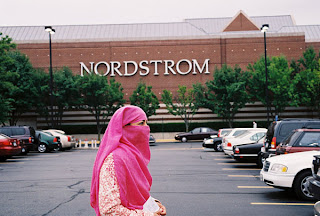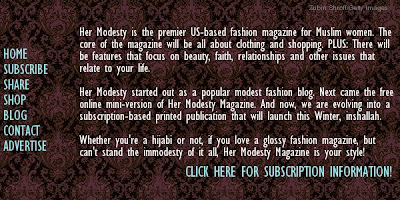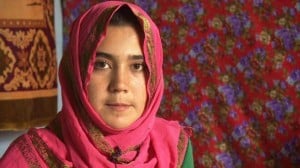While the front pages of newspapers feature Muslim women in flowing black abayas, burqas, and chadors, the often thrown-aside life and style sections are offering a very different picture of Muslim women: stylish! “Hijabistas,” trendy up-and-coming Muslim designers (predominantly from the U.K.), and fashion-forward hijabis are appearing on the covers of fashion and entertainment sections in newspapers across the world.

These “hijabistas” are wearing and designing clothes to reflect “Western fashion” reconciled with a “Muslim dress code,” according to British media outlets BBC and The Independent.
Following this trend of covering “hijabistas,” the Los Angeles Times recently ran a piece on the trend of stylish, hijab-friendly clothing worn by American Muslim women, and the recent emergence of blogs, magazines, and online boutiques that cater to fashion-forward American Muslim women. The article calls on Sama Wareh, a stylish Muslim woman; Tayyibah Taylor, editor in chief of Azizah Magazine; and Jokima Hamidullah, founder of We Love Hijab, to explain this fascination with Muslim fashion that has now captured the attention of newspapers.
Tayyibah explains, “In America, we have a microcosm of the Muslim world. There are 80 different ethnicities. It’s a cultural and spiritual buffet table. American Muslims pick and choose and create their own. Establishing hijab, as both fashion and spiritual, is part of that as well. These young bloggers and the new magazines are part of the building of a cultural architecture, and what is being created is distinctly Muslim American.”
Is this why newspapers seem to be obsessed with reporting on hijab fashion: to contribute to the creation of a distinct Muslim American—or, in the case of BBC and The Independent, a distinct British Muslim identity? While I am glad to see a focus on hijab that is not as “othering” as the typically marginalizing coverage, this seemingly benign widespread news trend still echoes previous discourse surrounding the hijab. The similarities are subtle, but nonetheless they are present.


















